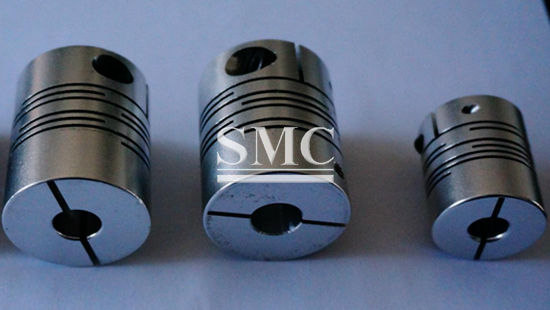
- Company overview The heart of SMC Vision & Philsophy Partnership Certifications Company culture
- Our service Design and Engineering Maintenance and Service Examine Production Line Upgrade and Transformation Storage and Logistics Processing, Trading and Distributor
- Management Our history Global responsibility Info Center
- Procurement center Internship
- Metal Steel Products Stainless Steel Products Aluminum Products Copper Products Galvanized Steel and PPGI Special Alloy Building Material
- Containers ISO Standard Container Equipment Container Storage Container Refrigerated/Reefer Container Offshore Container Container House Tank Container Container Fittings Container Trailer
- Gas Cylinder & Fire Extinguisher Cryogenic Liquid Cylinder Oxygen Gas Cylinder Storage Tank CNG Gas Cylinder LPG Gas Cylinder Hydrogen Gas Cylinder Nitrogen Gas Cylinder Industry Gas Cylinder Fire Extinguisher
- Metal Machinery Forming Machine Cutting Machine Processing Machine Bending Machine Block Machine Other Machinery Motor Spare Parts
- Mechanical Products Miscellany Mooring Equipment Marine Equipment Vehicle Industry Pressure Vessel Conveyor Belt Laser Equipment Bearing
- Electrical System Power Distribution Automation Electrical Cable Solar Power System Electric Protection System Transformer Production Line Lighting System
- Project Plastic Pipes and Pipe Fittings Fiberglass Reinforced Plastic Pontoon System
Introduction of Elastic Alloy
Elastic alloys are a class of precision alloys used to make elastic components such as elastic sensitive components, energy storage components and frequency components in precision instrumentation. In addition to good elastic properties, it also has non-magnetic properties, micro-plasticity, high hardness, low electrical resistivity, small temperature coefficient of elastic modulus, and low internal friction.
Classification and application
Elastomeric alloys are generally classified into high-elastic alloys and constant-elastic alloys. The former requires high elastic limit, low hysteresis effect, good heat resistance, and can work at higher temperatures; the latter requires a certain temperature range. The modulus of elasticity hardly changes with temperature. According to the requirements of physical and chemical properties, elastic alloys are divided into high temperature and high elasticity alloys, high temperature and constant elasticity alloys, corrosion resistant high elastic alloys, corrosion resistant and constant elastic alloys, high conductivity and high elasticity alloys, magneto-elastic alloys, and non-ferromagnetic elasticity. Alloy, non-magnetic or weak magnetic constant elastic alloy.
In addition, the use of copper-based elastic alloys is also very common, and such alloys are characterized by being non-magnetic and electrically conductive. Tin-phosphor bronze is mainly used for spring contact pieces or other springs with good electrical conductivity, wear-resistant and anti-magnetic elastic elements in precision instruments. Beryllium bronze is used in the manufacture of important springs and elastic components. Due to its low modulus of elasticity and relatively high elastic limit, it is widely used in the production of diaphragms, bellows, bellows and microswitches. Elastomeric alloys are generally smelted in a vacuum, and semi-finished or finished components are also heat treated in a vacuum or protective atmosphere.

Production Process
Vacuum smelting, special requirements for microstructures must be double vacuum smelting, that is, the vacuum smelting of the cast electrode, and then re-melting with a vacuum self-consumption furnace or electroslag furnace to produce steel ingots with low gas inclusions. The heating temperature before forging is generally from 1150 to 1200 ° C, and the final processing temperature is not lower than 900 ° C. The shrinkage cavities of elastic alloy spindles are generally deep, and care must be taken when forging.
Characteristics
It has high elastic limit, proportional limit, long-lasting limit, low elastic aftereffect, elastic hysteresis, stress relaxation, and has certain elastic modulus and shear modulus. Some alloys also have a low modulus of elasticity (shear modulus) temperature coefficient and a high mechanical quality factor.
For more information, please visit:https://shanghaimetal.com/SpecialAlloy-291.html
For our full list of products that we offer check out our website here. Be sure to join the conversation in our LinkedIn group, Facebook, Twitter.
Try also our We Chat by scanning the QR code below.
Sunny Y.//SMC Editor

